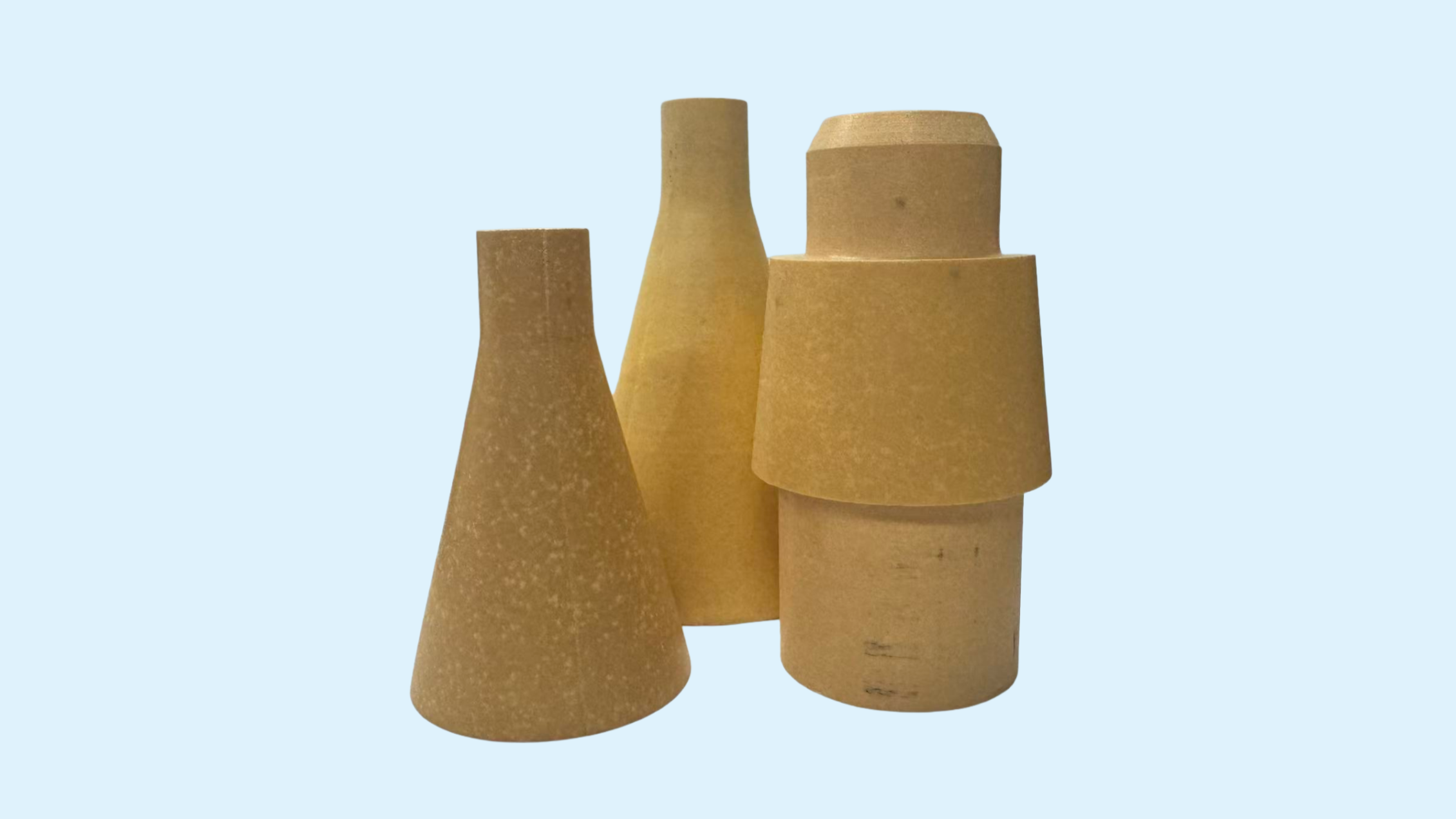Zirconia Nozzle
Cersol supplies zirconia nozzles made of MgO stabilized zirconia. The stabilizing effect of MgO makes the temperature of zirconia as high as 2200℃. We use isostatic pressing to produce nozzles, which greatly improves the wear resistance of our products; Zirconia nozzle can be used for atomization of stainless steel, ferrous metals, and non-ferrous metals. We look forward to receiving your drawings, Cersol will customize atomization nozzles for you.

